7 Dicembre
ore 12.00-14.00
Sala di Consiglio |
Eric Clement
Bacterial fluids, a living example of “active matter”
Understanding
the individual and the macroscopic transport properties of motile
micro-organisms like bacteria is a timely question relevant to many
technological applications. This is for example crucial in a medical
context where the contamination via physiological conducts or the
penetration of mucus barriers, is responsible for the outbreak of
serious diseases. It is also relevant to the development of novel drug
delivery technologies or environmental remediation strategies suited to
fight oil spills or heavy metal pollutions. 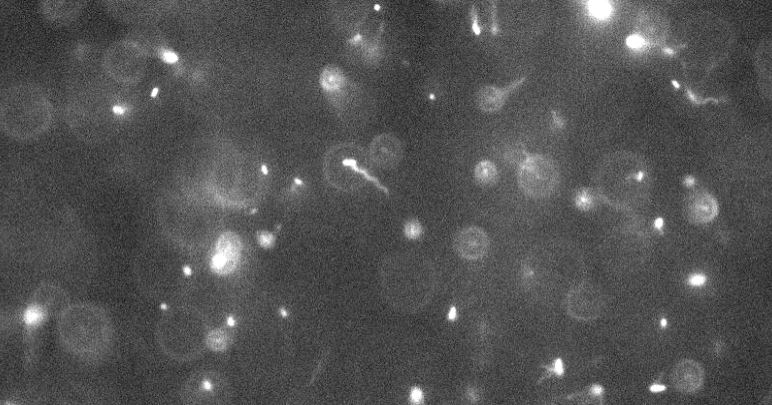
Moreover, at the fundamental level, this question is also receiving a
lot of attention. Fluids loaded with swimming micro-organisms has
become a rich domain of applications for the statistical physics of
“active matter” where the existence of microscopic sources of energy
borne in the motile character of the particles leads to numerous
original effects.
In this presentation, I will review several example we address
experimentally in the lab and which lead us to revisit standard
concepts of the physics of suspensions like Brownian motion,
hydrodynamics dispersion or rheological response. I will also present
new experiments showing how the motility of the bacteria can be
controlled such as to extract work macroscopically.
|
30
Novembre
ore 12.00-14.00
Sala di Consiglio |
Domenico Marinucci
Critical Points, Multiple Testing and
Point Source Detection for Cosmological Data
Over
the last two decades, Cosmology has experienced a sort of revolution,
where a flood of data of unprecedented accuracy has become available by
means of a number of different ground-based and satellite experiments.
A particularly striking example is given by the analysis of Cosmic
Microwave Background radiation (CMB); loosely speaking, CMB can be
viewed as a snapshot of the Universe taken at the age of recombination,
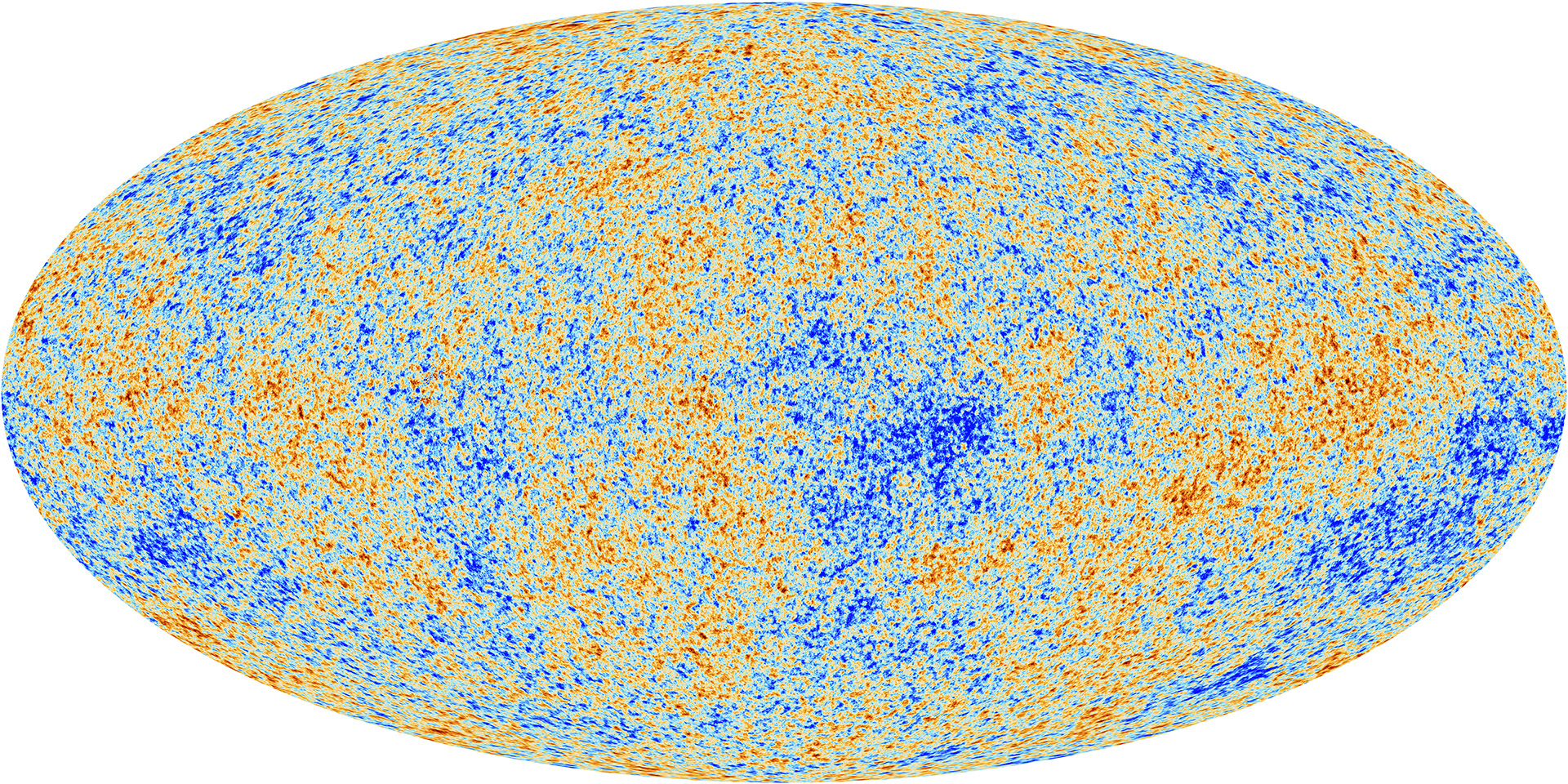 i.e.
"soon after" the Big Bang: very detailed maps have been produced by the
NASA satellite WMAP (2003-2009) and by the ESA satellite Planck
(2013-2018). The analysis of these maps entails a number of extremely
interesting mathematical questions, mostly related to the geometry of
spherical random fields. In this talk, we shall be concerned in
particular with issues related to detection of point sources (Galaxies)
in CMB Data; we shall discuss in particular the connection with
spherical wavelets, distribution of critical points for spherical
random fields, and multiple testing procedures.
|
1
Giugno
ore 12.00-14.00
Sala di Consiglio |
Andrea Cavagna
Propagation of Information across Collective
Biological Systems
Collective
decision-making in biological systems requires all individuals in the
group to go through a behavioural change of state. During this
transition, fast and robust transfer of information is essential to
prevent cohesion loss. 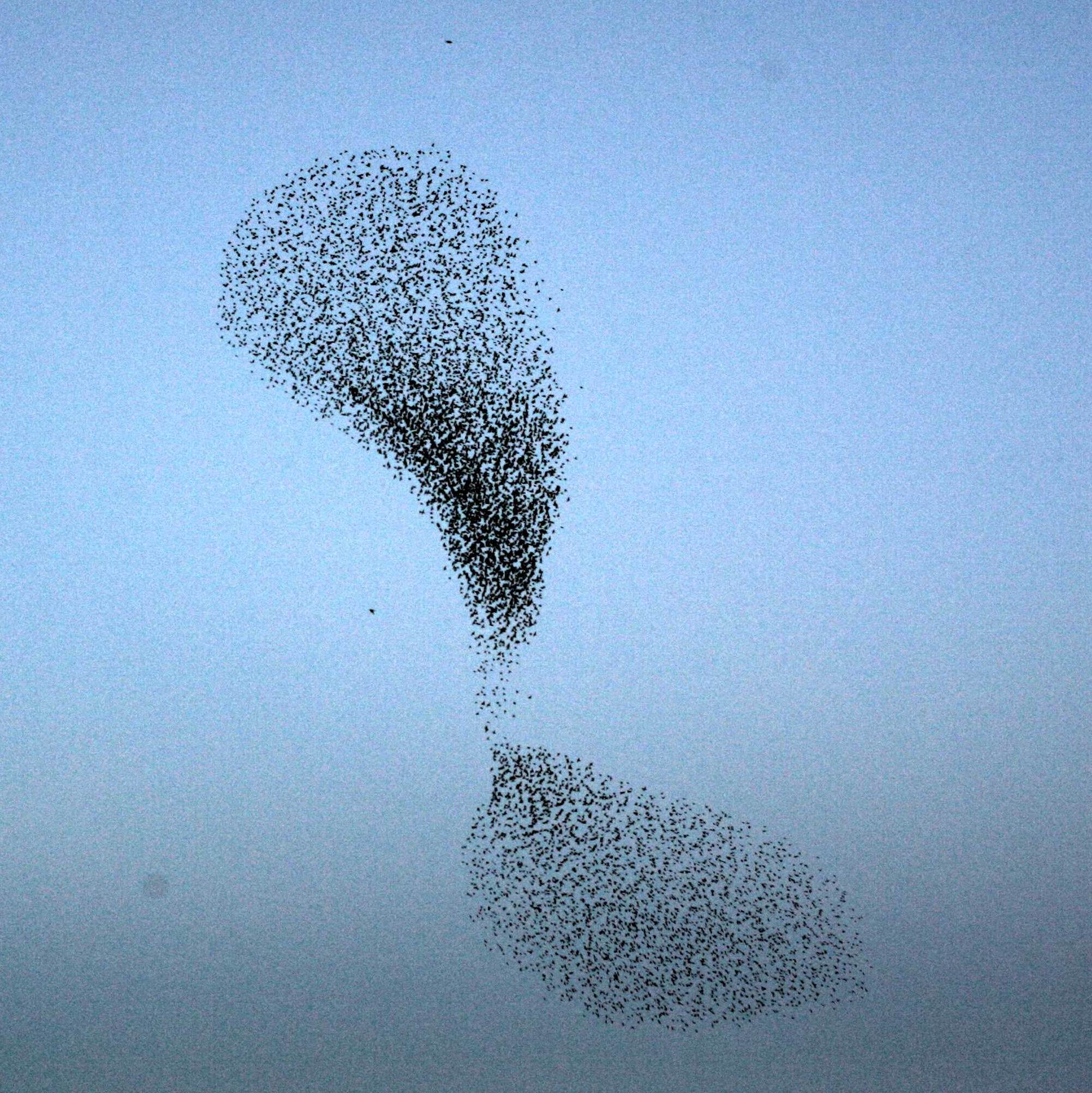 The mechanism
by which natural groups achieve such robustness, however, is not clear.
I will present anl
change of state. During this transition, fast and robust transfer of
information is essential to prevent cohesion loss. experimental study
of starling flocks performing collective turns and show that
information about direction changes propagates across the flock with a
linear dispersion law and negligible attenuation, hence minimizing
group decoherence. These results contrast starkly with the previous
models of collective motion, which predicted diffusive transport of
information. Building on spontaneous symmetry breaking and
conservation-law arguments, I will present a novel theory that
correctly reproduces linear and undamped propagation. Essential to this
framework is the inclusion of the birds’ behavioural inertia. The
theory not only explains the data, but also predicts that information
transfer must be faster the stronger the group’s orientational order, a
prediction accurately verified by the data. These results suggest that
swift decision-making may be the adaptive drive for the strong
behavioural polarization observed in many living systems.
|
27
Aprile
ore 12.00-14.00
Sala di Consiglio |
Eran Sharon
The Geometry and Mechanics of Growing Elastic
Sheets
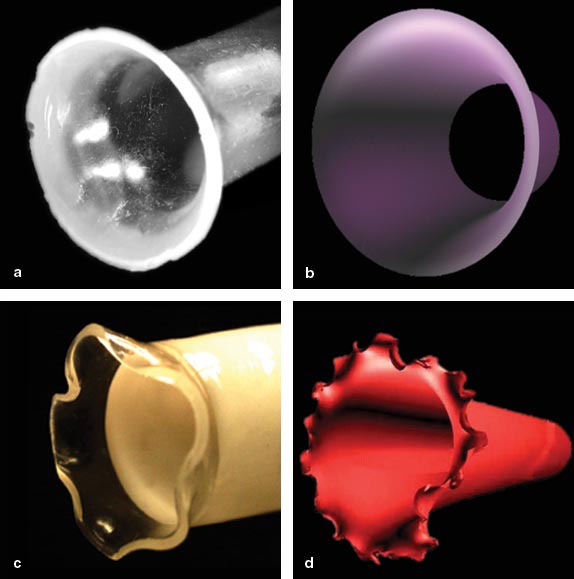 Non uniform growth of thin sheets
can lead to the formation of
elaborate three-dimensional configurations and to induce non trivial
shape transformations. In particular, complicated configurations appear
in thin sheets when growth leads to geometrical frustration, as often
occurs in biological tissues.
I will present examples of different types of systems and discus
different types of self shaping principles, together with the
theoretical framework of incompatible elasticity which is used to study
such systems. Experimental methods for the construction of “programmed”
responsive sheets will be reviewed and the connection of the topic to
shape selection in chemical and biological systems, as well as to
design and art, will be presented
|
2
Marzo
ore 12.00-14.00
Sala di Consiglio |
Felix Otto
Domain and wall pattern in thin-film ferromagnets
The magnetization of a
ferromagnet is known to form patterns
in order to minimize the sum of exchange and stray-field energy
(even in the absence of a strong crystalline anisotropy, as in
soft materials like Permalloy).
Depending on the geometry of the sample, the magnetization features
domains, in which it is nearly
constant, separated by comparatively sharp transition layers (i.e.
walls).
Even if the sample comes in form of a thin film (thickness in nanometer
range), the energy
landscape features many local minimizers --- to the effect that
the switching route is complicated and hysteresis occurs.
Despite a small film thickness, direct numerical simulation often is
not an option for realistic lateral sample sizes and
material parameters: The problem resides in the widely separated length
scales and the expensive three-dimensional stray-field computation.
For a number of specific patterns, we have adopted a different
strategy:
After identifying the relevant parameter regime,
we derived an appropriate (dimensionally) reduced model, which
capitalizes on the scale separation, and that is numerically tractable.
We shall present several examples, including quantitative comparison
with experimental data (Kerr microscopy). Our experimental
collaborator is R. Schafer (IWF Dresden).
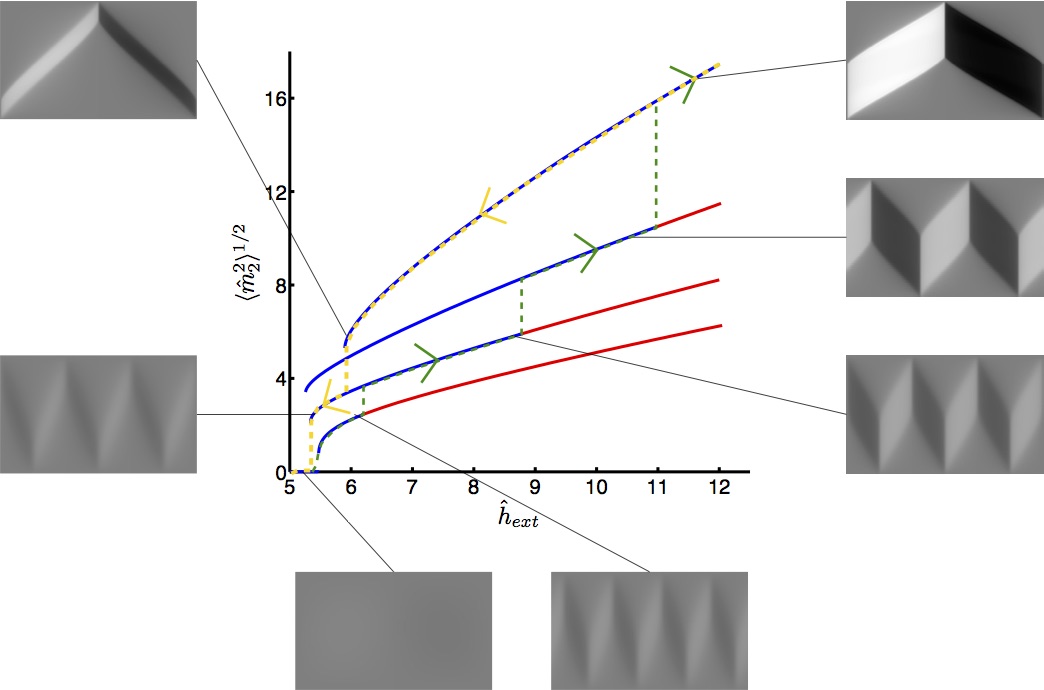 |
2
Febbraio
ore 12.00-14.00
Sala di Consiglio |
Giorgio Parisi
The physics of glasses form the viewpoint of
theoretical physicists
Glassy
materials are characterized by being solid (for all practical purpose)
at low temperature in absence of a sharp transition from the liquid
phase to the solid state. They are ubiquitous in nature: among
them, we find window glasses, wax, honey, mozzarella cheese... In spite
of the very strong experimental and theoretical effort done in the last
century, there are many questions that are opened.
During this seminar, I would also stress some progress that has been
done in the recent years on hard spheres models
of glasses.

|
19
gennaio
ore 12.00-14.00
Sala di Consiglio |
Andrea D'Avella
Muscle synergies for motor control
A fundamental challenge
in
neuroscience is understanding how the central nervous system (CNS)
succeeds in coordinating the many degrees-of-freedom of the
musculoskeletal system to control limb movements. A long-standing
hypothesis is that the CNS relies on muscle synergies, coordinated
activations of groups of muscles, to simplify motor control. Evidence
that the combinations of a small number of muscle synergies underlies
the 
generation of muscle activation patterns has come from several studies
performed in the last two decades with different species and
experimental tasks. Muscle synergies, extracted from multi-muscle
electromyographic (EMG) recordings using decomposition algorithms such
as non-negative matrix factorization, capture regularities in the
spatial, temporal, and spatiotemporal organization of the muscle
patterns. However, whether muscle synergies are only a parsimonious
description of the regularities of the motor commands rather than a key
feature of their neural organization is still debated. Further support
for a neural organization of muscle synergies has come from testing
muscle synergies as a causal model and from identifying their neural
substrates. If muscle synergies are organized by the CNS they must
affect the difficulty in learning or adapting motor skills. An
experiment with human subjects using myoelectric control of a mass in a
virtual environment has tested the prediction that it must be harder to
adapt to perturbations that require new or modified synergies than to
adapt to perturbations that can be compensated by recombining existing
synergies. To identify neural substrates of muscle synergies, hand
movements were evoked by electrical stimulation of motor cortical areas
of non-human primates. The evoked muscle activation patterns could be
accurately reconstructed by the combinations of a few muscle synergy
highly similar those extracted from voluntary hand movements,
suggesting a cortico-spinal organization of muscle synergies. In sum,
these results suggest that muscle synergies are modular elements
organized by the CNS to provide a low-dimensional representation of the
motor commands allowing to control the musculoskeletal system by
directly mapping goals into a small number of synergy combination
parameters.
|
|